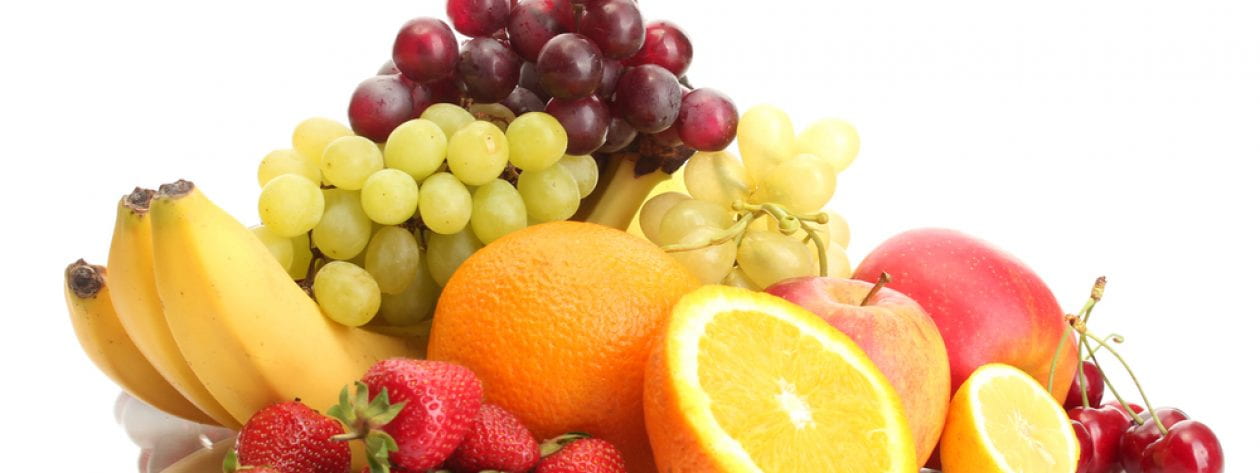Fall has arrived and our favorite fall spice, cinnamon, is here to liven up the season. A sweet, savory and warm addition to a variety of recipes, cinnamon also boosts health benefits.
What can you gain from a dash of this aroma-filled spice? To start, your dish will gain an abundance of flavor. An article titled, “Cinnamon: A Multifaceted Medicinal Plant” sums up some of the major studied health benefits of cinnamon. Here are some of the suggested health benefits:
- Improving memory and cognitive function (help your brain remember!)
- Reducing inflammation (for injuries in sports/common injuries, and arthritis)
- Controlling blood sugar (very helpful for those with Type II Diabetes)
- Antioxidant properties (slow the aging process)
- Digestive relief
- Reducing high blood pressure
- Controlling blood cholesterol
A study at Penn State confirmed that a diet rich in spices such as cinnamon can improve the body’s response to eating high-fat meals. High-fat meals can lead to high levels of triglycerides (fat) in the blood. Cinnamon contributed to lowering the triglyceride response after meals and together, with antioxidant properties, cinnamon can reduce the risk of chronic disease. So, you can feel great about eating a meal spiced with cinnamon!
cinnamon can improve the body’s response to eating high-fat meals. High-fat meals can lead to high levels of triglycerides (fat) in the blood. Cinnamon contributed to lowering the triglyceride response after meals and together, with antioxidant properties, cinnamon can reduce the risk of chronic disease. So, you can feel great about eating a meal spiced with cinnamon!
Where does cinnamon come from? The bark of cinnamon trees is what is used as the spice. Two of the most commonly used types of cinnamon include Ceylon cinnamon and Cassia cinnamon. Ceylon is termed the “true” cinnamon, is much lighter in color and has a sweeter flavor than Cassia cinnamon. Cassia cinnamon is much darker and has a stronger, spicier flavor. Cassia cinnamon is less expensive and most likely the form you will find at the grocery store. Ceylon cinnamon is still being studied but may be attributed to more health benefits. See if you can tell which type is in your next cinnamon-infused dish!


Remember, adding just a dash of cinnamon can bring the warmth and flavor of autumn to your meals. You can add flavor without adding salt or fat. Just look out for some of the meals provided at your local Campus Dining location and you can easily incorporate this healthy tool into your diet. Who doesn’t want to give your brain an extra boost for memorizing that list of equations?
Here are some cinnamon dishes you can look our for in many of Penn State’s on-campus dining locations:
- Garam Masala Chicken
- Moroccan Chicken & Butternut Squash Soup
- Chicken Tandoori
Look for cinnamon in more than something sweet! Cinnamon is used in both sweet and savory dishes, such as soups, curried foods, sweet potato fries, or desserts.
You can also:
- Add a spoonful to your oatmeal, applesauce, rice or try sprinkling some on top of buttered toast!
- Use a cinnamon stick to stir and flavor your coffee, or sprinkle some right into the grounds before brewing
Resources:
Visweswara Rao, P. (2014). Cinnamon: A Multifaceted Medicinal Plant. Evid Based Complement Alternat Med. doi:10.1155/2014/642942
“Cassia Cinnamon.” Medline Plus. U.S. National Library of Medicine, 14 Feb. 2015. Web. <http%3A%2F%2Fwww.nlm.nih.gov%2Fmedlineplus%2Fdruginfo%2Fnatural%2F1002.html>.
Ranasinghe, P., S. Pigera, GA S. Premakumara, P. Galappaththy, G. Constantine, and P. Katulanda. “Medicinal Properties of ‘true’ Cinnamon (Cinnamomum Zeylanicum): A Systematic Review.” Get It! BMC Complementary and Alternative Medicine, 22 Oct. 2013. Web. 30 June 2015. <http://sk8es4mc2l.search.serialssolutions.com/?sid=Entrez%3APubMed&id=pmid%3A24148965>.
Photos adapted from: Artizone, Magda Wojtyra, Cinnamon Vogue, Cinnamon Vogue


 all the benefits that cauliflower has to offer might persuade you to rethink your opinions about the vegetable. Cauliflower contains over
all the benefits that cauliflower has to offer might persuade you to rethink your opinions about the vegetable. Cauliflower contains over great way to sneak in vegetables in an all-time favorite dish.
great way to sneak in vegetables in an all-time favorite dish.
